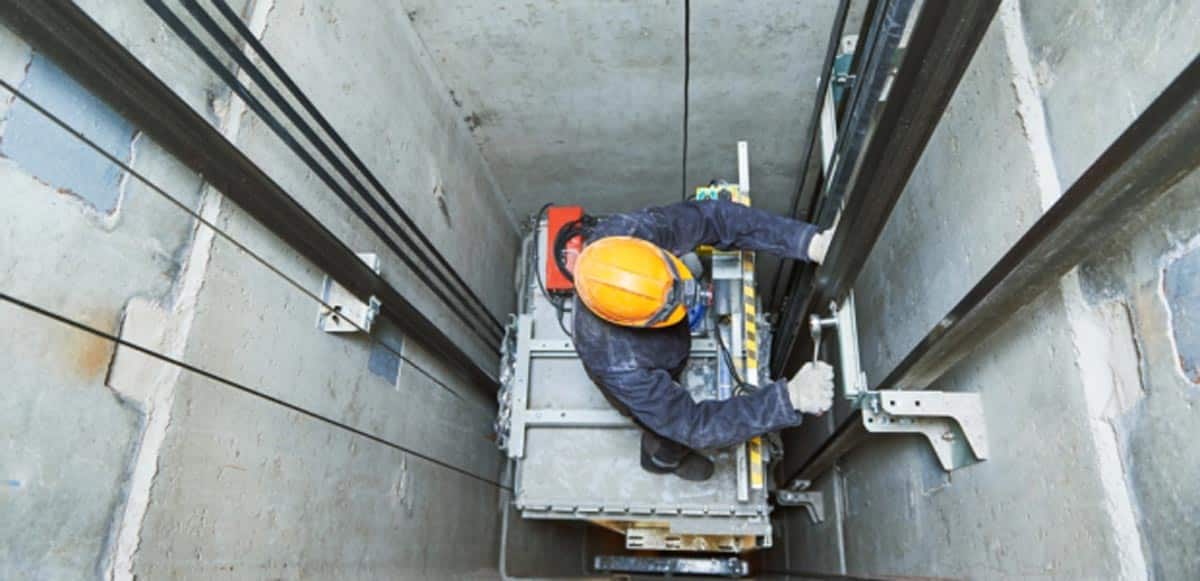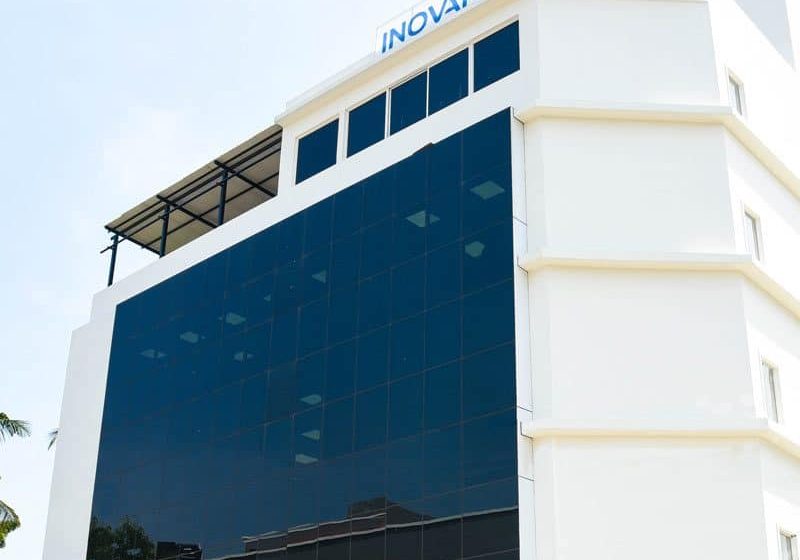ISO 8100-32:2020, Planning and Selection of Passenger Lifts
Mar 1, 2021

EFESME discusses the new standard and what its implications are for lift SMEs and future SME-friendly standards.
ISO TC 178 Working Group (WG) 6, “Lift Installation,” discussed ISO 8100-32:2020, Planning and selection of passenger lifts to be installed in office, hotel and residential buildings, which was published in June 2020. At the October 2020 virtual meeting, WG members learned of great interest in this standard by the Chinese market. The country is requesting the standard be made available to it soon, especially because there are tens of thousands of small and medium-sized enterprises (SMEs) installing and maintaining lifts in very tall buildings that require careful planning for their lifts to cope with traffic expectations.
This standard was developed by the WG6 subgroup, also taking into account the needs of SMEs not familiar with all the calculations and data needed to make a reasonable proposal for elevatoring very tall buildings. The standard provides all definitions needed to understand and interpret the various phases of lift evaluation and selection to be considered. This information is suitable even for buildings of up to 40 floors and large lift groups that may also include lifts with express zones.
Another highly appreciated aspect of this standard is annexes of very comprehensive (yet easily understandable) charts that enable visual identification of the necessary parameters of the building environment being assumed and the consequent resulting performances of the lifts being selected. These are:
- Annex A, for selecting car size and rated load, supported by examples
- Annex B, with a colored table for selecting car speed based on the type and rating of the concerned buildings
- Annex C, providing charts by which many possible solutions may be identified by linking the major parameters to be considered for the different types of lifts (number, size and speed) and buildings (total population, number of floors and population per floor)
- Annexes D and E also provide examples for calculations and simulation methods and relevant reports.
- Annex F joins D and E to help the user keep track of the assumptions on which all the results obtained were based.
- Annex G terminates the standard with a simple flowchart that suggests how to iterate the process for better results.
The standard is supplemented by charts intended to be easy to use. We at the European Federation for Elevator Small and Medium-Sized Enterprises (EFESME) believe the charts in the many annexes are exceptional in making this standard far more SME-friendly than other lift standards. We also feel that one of the most valuable portions of this standard is the simple but meaningful flowchart in Annex G. This is especially true for SMEs, because they are often less familiar with the need to implement recorded procedures on how to appropriately reiterate the lift selection process. This can aid them in their results and meeting their customers’ expectations.
EFESME joins Small Business Standards (SBS) in looking forward to being further involved, soon, in International Organization for Standardization (ISO) and CEN WGs willing to introduce a similar approach to the development or revision of other standards intended to be as SME-friendly.
Get more of Elevator World. Sign up for our free e-newsletter.









